- 1Pre-Investment
- 2Holding Period
- 3Exit
PRE-INVESTMENT
ESG & CLIMATE analyses

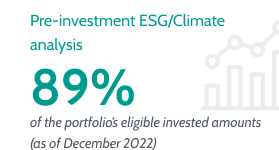
Presented in the investment memo and discussed during the investment committee.
The pre-analyses highlights the main ESG risks, opportunities and recommendations and are considered during the Investment Committee before making an investment decision.
The ESG & CLIMATE analyses are conducted based on both financial and extra-financial data. Our investment teams have access to specific sector reports, studies from industry experts as well as a guide created by Naxicap’s ESG team covering the main material issues of each sector.
The ESG procedure applies to all companies in which Naxiap Partners has invested more than €5m (i.e. 91% of total assets under management at 31/12/2022).

ESG & PAI audits


Carried out by external auditors.
The audits cover an in-depth analysis of each relevant ESG theme, including their level of materiality for the company, their strategic importance in relation to the sector, a summary of the company’s performance, relevant KPI’s and other key performance elements as considered material by the auditor. Our auditors conduct interviews with the management teams and have, in addition to their own internal sources, access to relevant documents provided directly by the target company.
The analyses presented in the investment memos and in the audits cover central ESG issues considered material to the specific target company, as evaluated by the auditor. Examples of issues analyzed are:
- Corporate Governance and Risk Management,
- Business ethics,
- HR strategy & Career management,
- Health & Safety,
- Environmental management system,
- Energy Consumption & GHG emissions,
- Responsible procurement,
- Service quality & Customer satisfaction,
- Community involvement
Naxicap Partners takes the PAI into account from the investment phase and has defined a dedicated questionnaire for companies. The auditors are responsible for collecting the indicators during the investment phase.
The ESG procedure applies to all companies in which Naxicap Partners has invested more than €5m and in which Naxicap Partners is a majority shareholder.

ESG clause

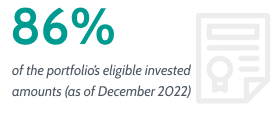
An ESG clause is systematically included in the Shareholders’ Agreement of the new companies in which we invest and which are included in our ESG scope (i.e. investment size > €5m and majority shareholding).
The ESG procedure applies to all companies in which Naxicap Partners has invested more than €5m and in which Naxicap Partners is a majority shareholder.

HOLDING PERIOD & EXIT
Annual questionnaire

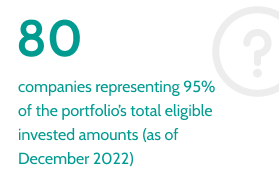
Our companies answer an annual ESG questionnaire enabling Naxicap to monitor and report on the progress made by its portfolio companies.
Information and sources used for analysis of material issues:
In order to collect the indicators on which Naxicap requires its portfolio companies to report annually, Naxicap has implemented an online reporting tool available to every portfolio company.
The ESG questionnaire comprises c.190 questions. Following the integration of Alliance Entreprendre and Bee Up in 2022, a “simplified” questionnaire (fewer than c.80 questions) has been defined to include our reporting companies that are less mature on ESG issues and where Naxicap hold a minority investor position (representing 16 companies out of 80 in 2022).
ESG issues analyzed:
As a General investor, the indicators on which Naxicap requires its portfolio companies to report annually cover a wide area of central ESG issues applicable to all sectors and activities. These indicators derive from consolidated recommendations and studies by industry experts such as the PRI, the ESG Commission of France Invest, external consultants as well as industry peers.

ESG Roadmap

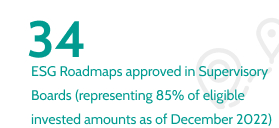
Approved at least once a year by the Supervisory Board.
Naxicap encourages collaboration with the company management to identify the material ESG issues and to support the development of its ESG roadmap. The roadmap is approved at least once a year during a Supervisory Board, as defined in the Shareholders Agreement. The companies have to present their progress and realized actions, especially on how they act on factors regarded as being of high importance as evaluated by the auditor.
The ESG procedure applies to all companies in which Naxicap Partners has invested more than €5m and in which Naxicap Partners is a majority shareholder.

Transparency and reporting

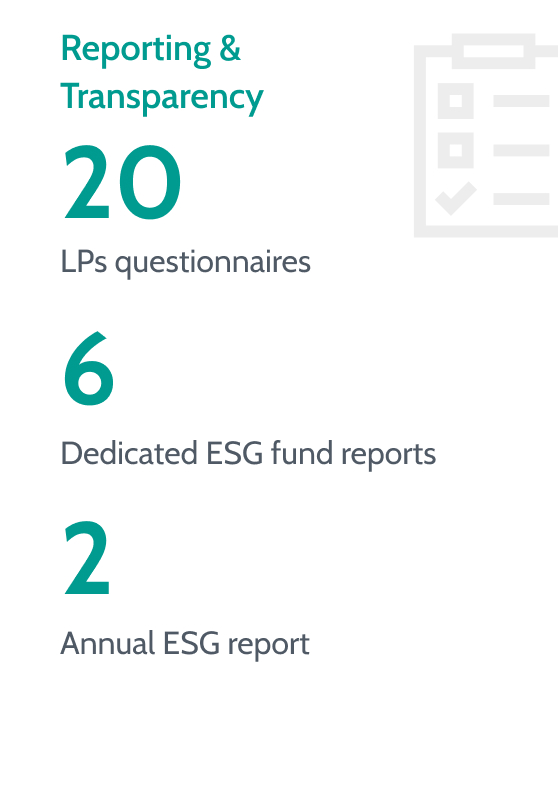
Towards detailed ESG investors reports.
Naxicap answers the inquiries of its investors and provide them with detailed ESG reviews throughout the investment cycle.Naxicap provides its investors with dedicated ESG reports by funds (as described in the By-laws) in addition to an annual ESG report.

ESG Vendor Due Diligences


ESG Vendor Due Diligences (VDD) are conducted for all investments where a strategic/financial vendor audit is carried out.
The ESG VDD highlights the key ESG issues identified and managed throughout the period of ownership in order to limit risks and to create value. Reporting on the progress on environmental management made during the ownership period is also done through the ESG Vendor Due Diligences.

Detailed climate analysis

A detailed climate analysis in the investment memos:

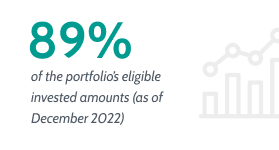
As a signatory of the Climate International initiative (iC International), Naxicap systematically factors climate risks into its investment process, defined by the scope of its ESG policy.
A detailed analysis of the company’s exposure to significant climate issues facing its sector and activity is carried out to evaluate the materiality of the company with regards to relevant climate issues.
Annual monitoring:
Naxicap has integrated indicators into its online ESG reporting tool to monitor the portfolio companies’ exposure and adaptation strategies to physical and transitional climate risks with the potential of impacting their business operations. These indicators are presented in Naxicap’s annual ESG report.
By using emission factors from ADEME (Agence de l’Environnement et de la Maîtrise de l’Énergie), we are able to estimate the Scope 1,2 & 3 emissions of our portfolio companies.
Analysis of the companies’ contribution to the low carbon economy:
The climate analysis undertaken pre-investment identifies areas of improvements and concrete actions to be implemented by the company, whether it is to capitalize on opportunities related to the transition towards a low carbon economy or to limit exposure to significant climate risks.
Naxicap seeks to see actions taken for reduced GHG emissions and approves the roadmap in the Supervisory Board, as defined in the Shareholders Agreement.
